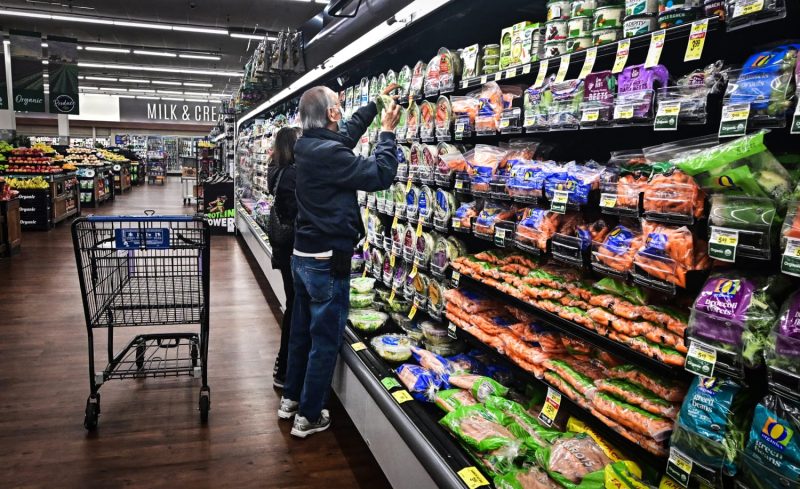
Cracking the Code on Expensive Groceries: How Shoppers Can Save Big!
Grocery shopping is a basic necessity for all individuals, but the rising costs of groceries have become a pressing concern for many consumers. Various factors contribute to the expensive nature of groceries, and understanding these factors can help consumers make informed decisions to mitigate the impact on their budgets.
1. Supply Chain Disruptions:
One of the primary reasons for the increasing grocery prices is supply chain disruptions. The global pandemic caused significant disruptions in the supply chain, leading to shortages of essential goods. With restrictions placed on transportation and production facilities, the cost of sourcing and delivering groceries surged, subsequently affecting retail prices. As businesses attempt to recover from these disruptions, consumers have been bearing the brunt of the increased costs.
2. Inflation and Rising Costs:
Inflation plays a crucial role in escalating grocery prices. When the costs of production, transportation, and labor increase, these additional expenses are often passed on to consumers. Factors such as fluctuating fuel prices, minimum wage hikes, and higher demand for certain products can all contribute to price hikes in the grocery industry. In addition, climate change and natural disasters can impact agricultural production, leading to shortages and higher prices for certain food items.
3. Consumer Behavior and Demand:
Consumer behavior also influences the pricing of groceries. Shifts in consumer preferences towards organic, locally sourced, or specialty products can lead to higher prices as retailers adjust their offerings to meet the demand. Additionally, the shift to online shopping and the convenience of home delivery services have added extra costs to the overall grocery bill. Consumers’ willingness to pay for convenience and premium products can result in increased prices across the board.
4. Regulatory Factors:
Regulatory factors, such as tariffs, trade agreements, and government policies, can have a significant impact on the prices of groceries. International trade policies and agreements can affect the availability and cost of imported goods, which in turn can influence domestic prices. Tariffs imposed on certain products can lead to higher prices for consumers, especially for goods that are heavily reliant on imports.
5. Strategies for Consumers:
Despite the challenges posed by expensive groceries, there are strategies that consumers can adopt to manage their budgets effectively. Planning meals in advance, creating shopping lists, buying in bulk when feasible, and taking advantage of discounts and loyalty programs can help reduce grocery costs. Exploring alternative shopping options, such as farmer’s markets, co-ops, and discount stores, can also provide budget-friendly alternatives to traditional supermarkets.
In conclusion, the rising costs of groceries are a multifaceted issue with various factors contributing to the overall price increase. Understanding the underlying reasons behind expensive groceries can empower consumers to make informed choices and adopt strategies to mitigate the impact on their wallets. By being mindful of their purchasing decisions and exploring cost-saving options, consumers can navigate the challenges of expensive groceries while maintaining a balanced budget.
